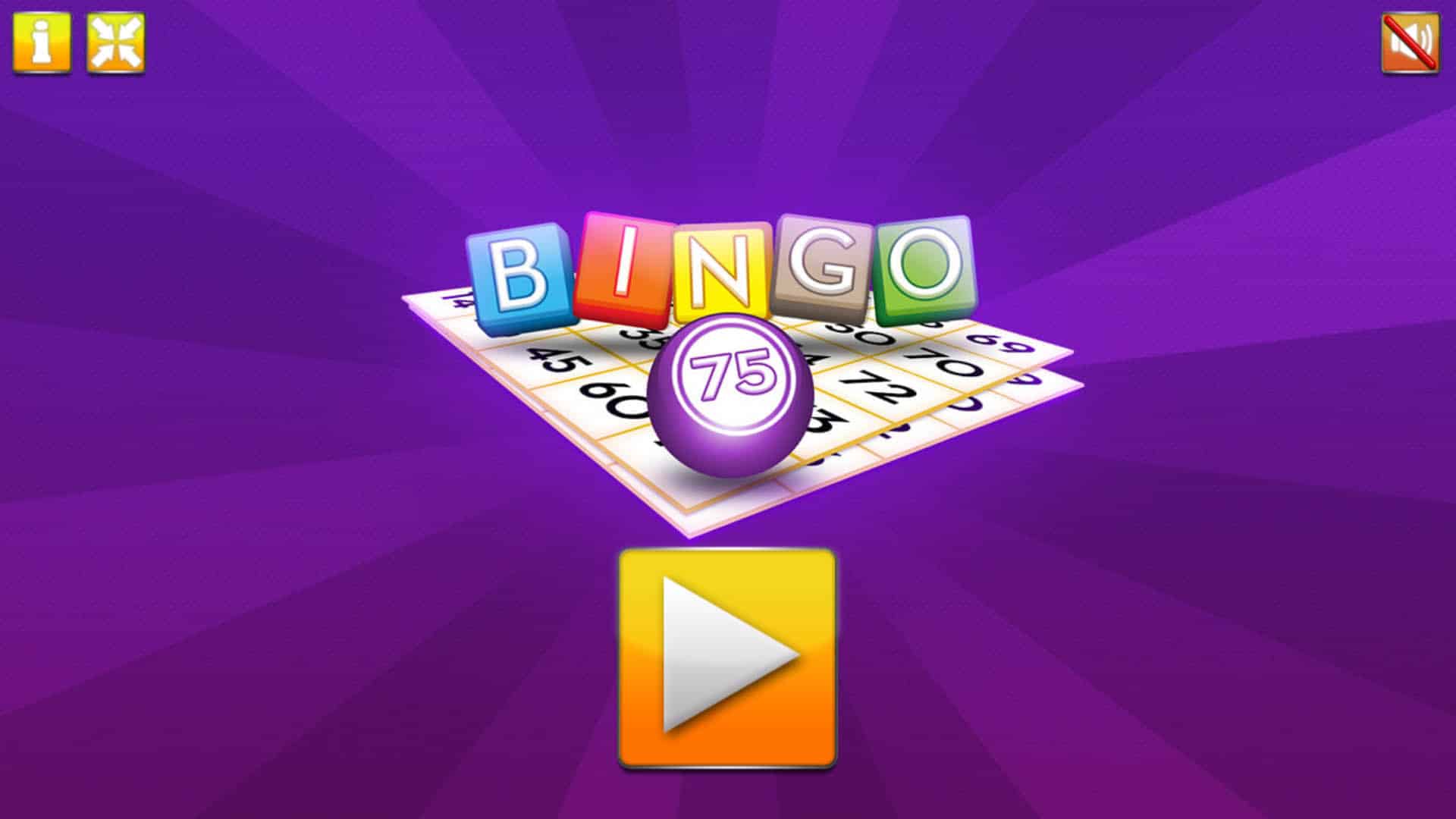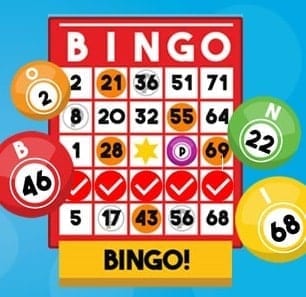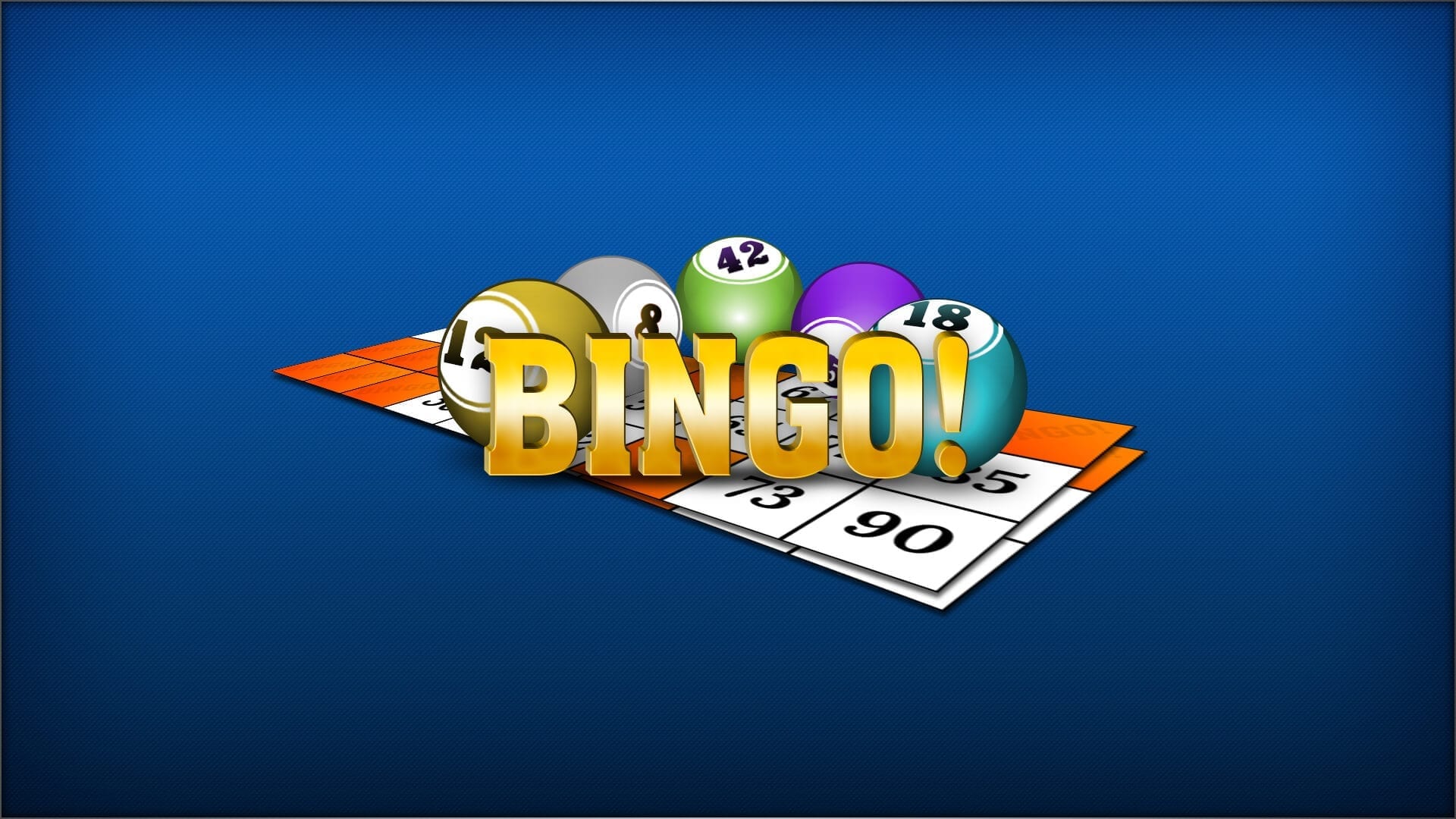Listed below are all of our free online bingo games available to play in your browser. All games are suitable for kids, adults, and seniors. No downloads required.
Bingo is similar to games that were played in Italy in the 16th century and France and Germany in the 18th and 19th centuries. It became popular in the United States in the early 1920s, when it was standardized and copyrighted by Hugh J. Ward for play at carnivals in Pennsylvania. Ward published a rule book in 1933, but the game was nationalized by a toy merchandiser named Edwin Lowe who produced standardized 12-card sets that sold for $1 and 24-card sets that sold for $2. is an unconfirmed story that the game was originally called “Beano” but that one of the early players yelled out “Bingo” instead upon winning, and the name stuck.




Recent Comments